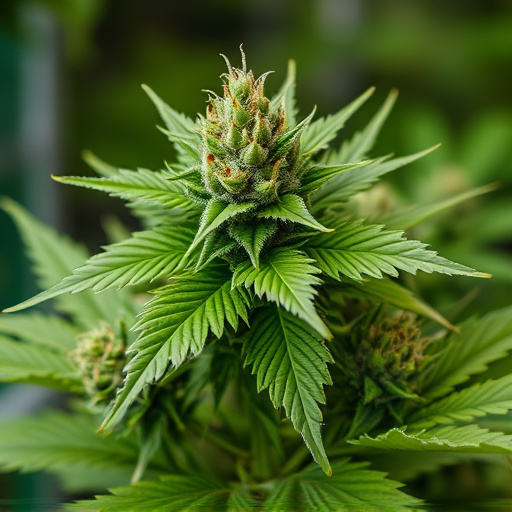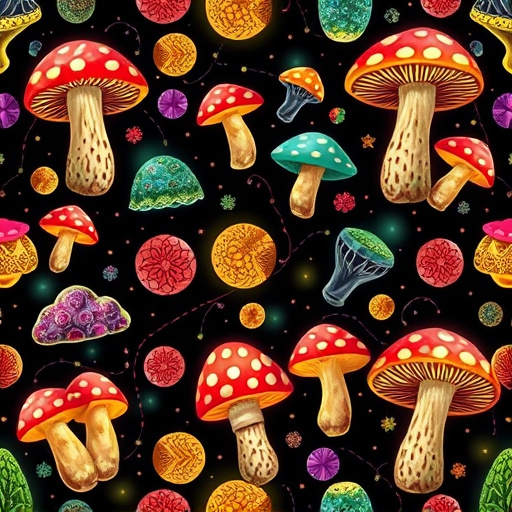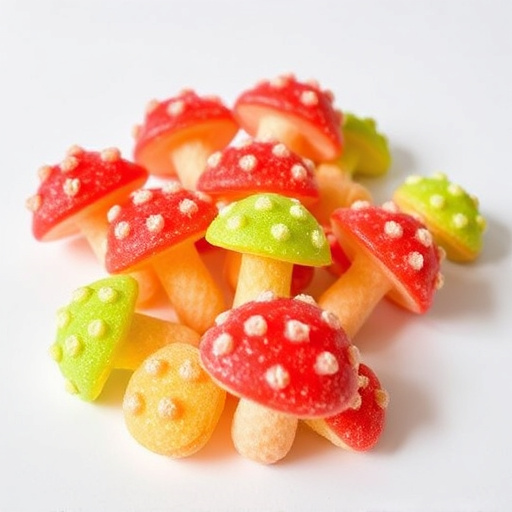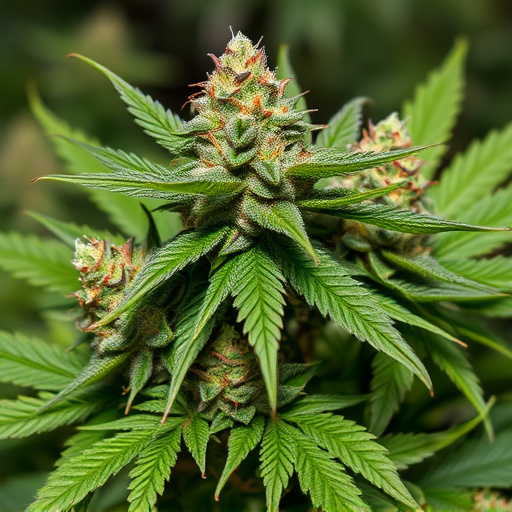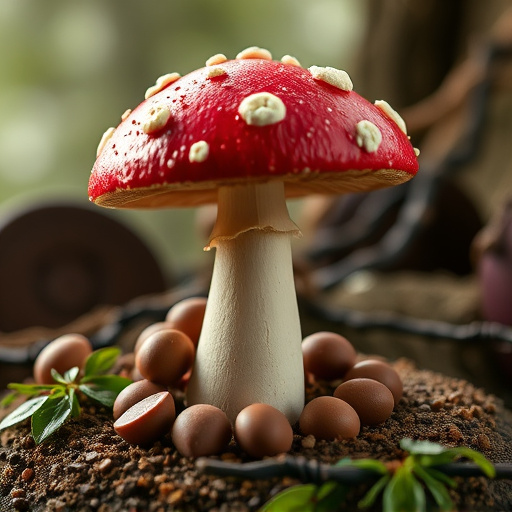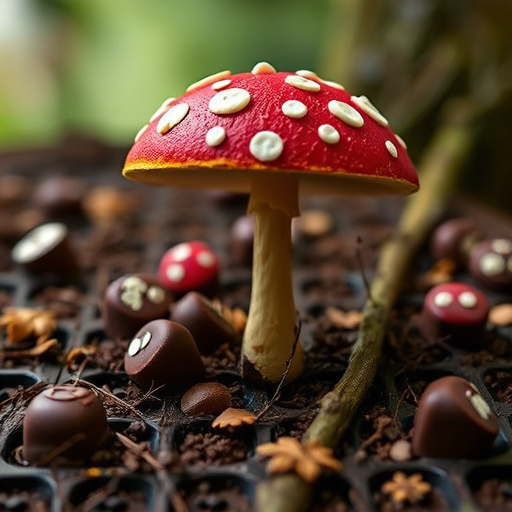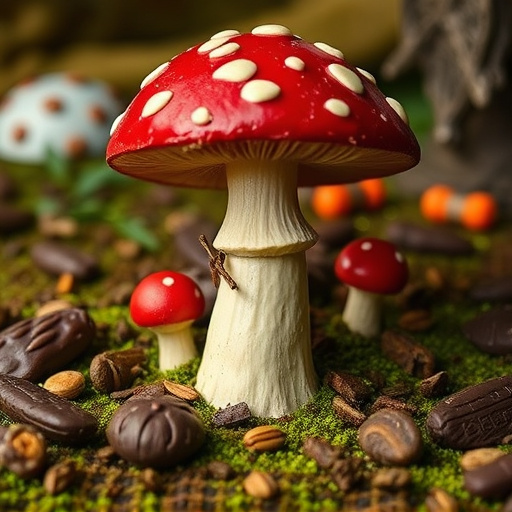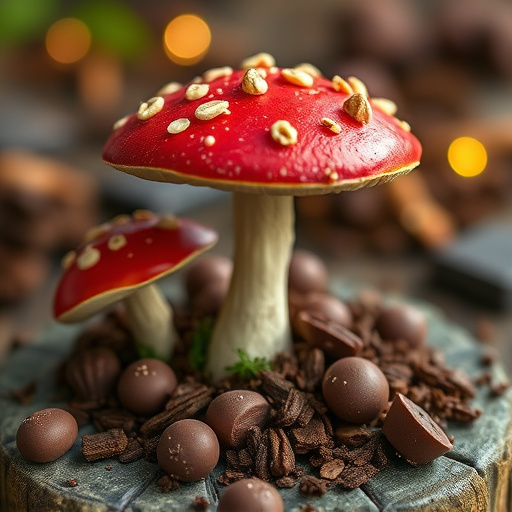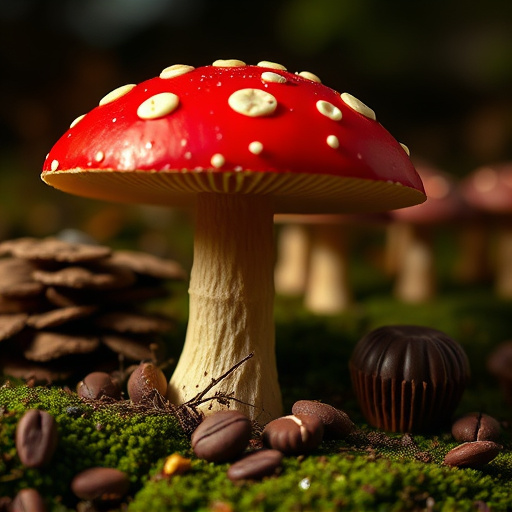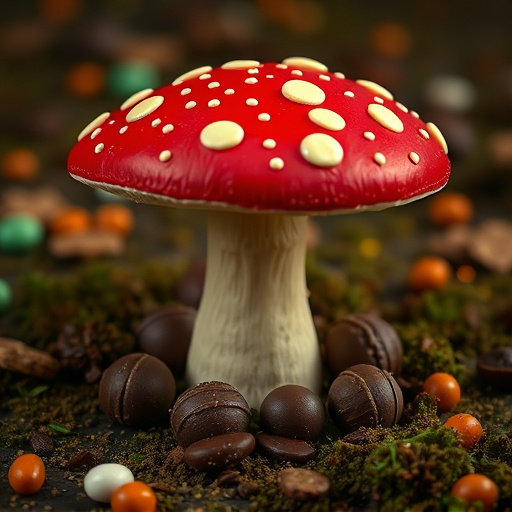Magic mushroom chocolates, containing psilocybin, significantly alter brain chemistry by breaking down into psilocin, which stimulates serotonin transmission and boosts dopamine levels in the reward system. This leads to intense emotional responses and euphoria. The synergistic effect of compounds like theobromine and caffeine amplifies these impacts. Despite potential therapeutic benefits, these chocolates should be consumed with caution due to risks, especially for individuals with mental health conditions or predispositions to anxiety or paranoia. Unregulated markets complicate quality control and dosage variations. Professional guidance is recommended to navigate their benefits and risks effectively.
“Unveiling the intriguing world of high-potency magic mushroom chocolates, this article delves into a unique fusion of psychology and gastronomy. We explore how these edible treats, infused with psilocybin, interact with our brains, specifically targeting dopamine levels. By examining the science behind chocolate’s ability to enhance absorption, we uncover potential therapeutic benefits while also highlighting risks. Discover the allure and controversies surrounding this modern psychedelic trend.”
- Understanding Magic Mushrooms and Their Effect on the Brain
- The Science Behind Chocolate as a Delivery Method
- Potential Benefits and Risks of High-Potency Magic Mushroom Chocolates
Understanding Magic Mushrooms and Their Effect on the Brain
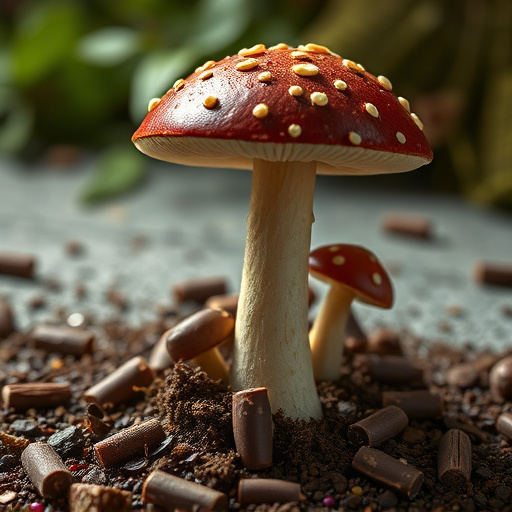
Magic mushrooms, scientifically known as psilocybin mushrooms, have long been associated with their mind-altering properties. When consumed, they can significantly impact brain chemistry, leading to altered perceptions and heightened sensory experiences. The key to this effect lies in a compound called psilocybin, which is broken down by the body into psilocin, a powerful psychedelic substance.
These mushrooms have the ability to stimulate certain neural pathways, particularly those involved in serotonin transmission. Serotonin, often referred to as the ‘feel-good’ neurotransmitter, plays a crucial role in regulating mood, appetite, and sleep. Increased serotonin activity can lead to heightened dopamine levels in the brain’s reward system, which is associated with pleasure and motivation. This interaction explains why magic mushroom chocolates, or any psilocybin-containing product, can potentially evoke intense emotional responses and create a unique, euphoric experience for consumers.
The Science Behind Chocolate as a Delivery Method

Chocolate, with its rich history and global appeal, has long been celebrated for its sensory delight and indulgent properties. However, beyond its delicious taste lies a fascinating scientific story. When it comes to high-potency magic mushroom chocolates, the science behind chocolate as a delivery method becomes even more intriguing.
The compound responsible for chocolate’s allure is not just cocoa but also the presence of compounds like theobromine and caffeine, which stimulate the central nervous system. In the context of magic mushroom chocolates, these compounds work synergistically with psilocybin, the active ingredient in magic mushrooms. Research suggests that combining psilocybin with chocolate can enhance its effects on dopamine levels in the brain, leading to more profound sensory experiences and potential therapeutic benefits. This unique delivery method offers a novel approach to exploring the mind-altering properties of psilocybin while providing the familiar comfort of a beloved treat.
Potential Benefits and Risks of High-Potency Magic Mushroom Chocolates
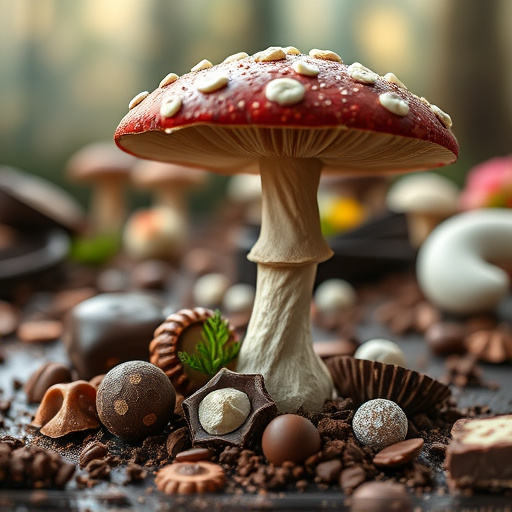
High-potency magic mushroom chocolates, while sounding indulgent, have sparked interest for their potential therapeutic benefits. Some studies suggest that psilocybin, the active compound in magic mushrooms, can enhance mental health and well-being when administered in controlled settings. Incorporating this into chocolate form might seem appealing due to its pleasant taste and ease of consumption. In terms of dopamine levels, magic mushroom chocolates could stimulate a release, leading to feelings of euphoria and heightened sensory perception – a reason why they’re sometimes sought after for their recreational effects.
However, it’s crucial to approach these products with caution. Consuming high-potency magic mushroom chocolates may carry risks, especially for individuals with pre-existing mental health conditions or those prone to anxiety or paranoia. The effects can be intense and unpredictable, leading to potential negative experiences. Moreover, the lack of regulation in this emerging market means quality control is an issue. Without standardized dosages or consistent composition, users risk consuming products that are either ineffective or unsafe. Therefore, it’s important to remember that while magic mushroom chocolates may offer intriguing possibilities for therapeutic applications, they should be approached with caution and ideally under professional guidance.
In conclusion, while the potential benefits of high-potency magic mushroom chocolates in regulating dopamine levels and offering therapeutic effects are intriguing, it’s crucial to approach their consumption with caution. As with any substance, there are risks involved, especially considering the variability in potency and dosage. Further research is needed to fully understand their impact on brain chemistry and overall health. Until then, informed consumer choices and moderation are key when exploring the latest trends in psychedelic-infused edibles, like magic mushroom chocolates.
